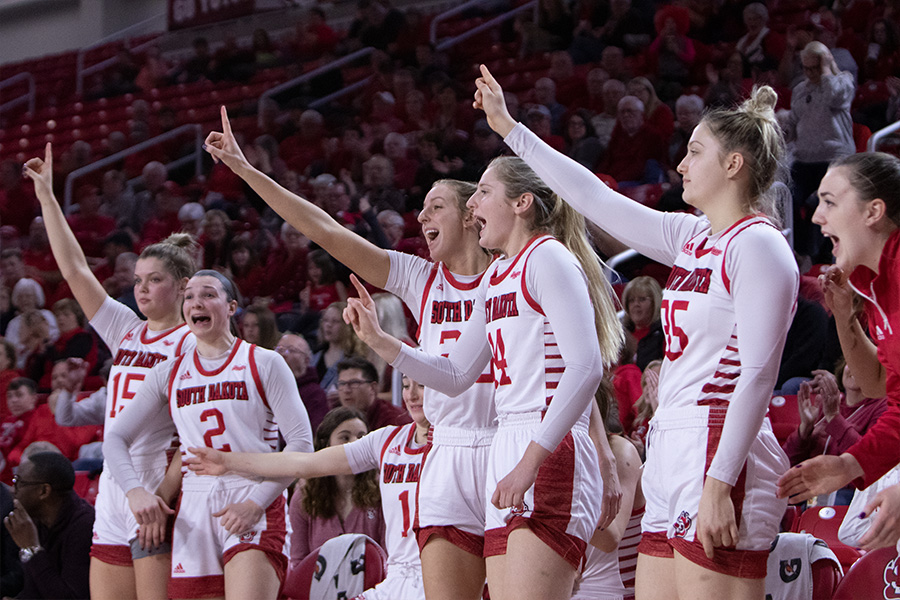South Dakota Medicaid Plan Would Boost Native American Care
PIERRE, S.D. (AP) — In considering an expansion of Medicaid to make nearly 50,000 more state residents eligible for the program, South Dakota’s proposal also focuses on improving access to care and boosting the health of the state’s large Native American population.
The Health Care Solutions Coalition met Wednesday in Pierre to discuss in part the proposal’s impact on Native Americans, who make up nearly 9 percent of South Dakota’s population. The plan under examination to expand the Medicaid program for low-income and disabled people would be funded through state savings by improving access to care though the Indian Health Service and a change in the classification of some services to have them fully paid for by the federal government.
Improving access through IHS and tribal health programs means members wouldn’t have to travel as far to get services and would improve health while lowering costs, said Jerilyn Church, a co-chair of the coalition and chief executive officer of the Great Plains Tribal Chairmen’s Health Board.
“I think what’s happening here is unprecedented in this state, and you know, it’s obvious that the state’s going to benefit,” she said. “But if the tribes are going to benefit, then you know we need to work together and build on that common ground.”
The state’s share would be offset by savings to make up for the expected cost of between $30 million and $33 million starting in 2020. Putting together a workable plan is going to require broad agreement, said Kim Malsam-Rysdon, a senior adviser to the governor.
“This is not going to be the governor’s plan,” she said. “This is going to be the plan of many voices, and it has to be supported by tribes, it has to work for IHS, we have to have federal cooperation and flexibility, and we have to have the Legislature’s approval.”
The new proposal aims to pay for the state’s share in part by expanding access to services that are fully funded by the federal government, with the goal of freeing up enough state funding to pay for the addition of more residents to the Medicaid program.
Officials are focusing on people who are eligible for Medicaid but can get services through the Indian Health Service. The goal is to make services through IHS more accessible so that people don’t have to go to an outside health care provider, which can happen if IHS is unable to offer a specific service.
Those services at IHS are fully funded by the federal government through Medicaid rather than through the typical split in financing between the state and the federal government. Advocates also say expanding Medicaid coverage would help free up limited funding at IHS.
“It’s a good deal,” Oglala Sioux tribal President John Yellow Bird Steele said in a recent interview. “I appreciate the governor for proposing it even though it’s to his advantage, and our advantage.”

